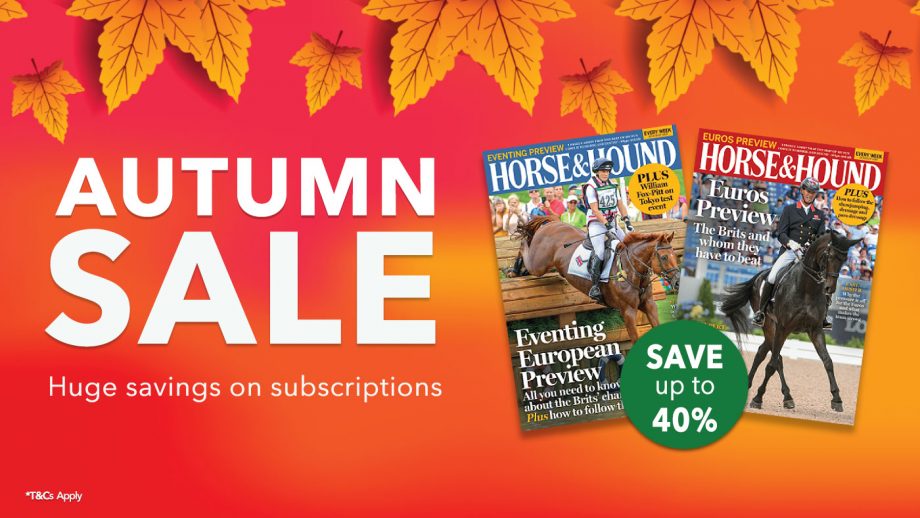
Been taking part in #NoStirrupsNovember, but lacking inspiration? Try some of these exercises as recommended by top riders and trainers…
1. Changing your stride pattern using ground poles
“Put two poles on the ground about 8 strides apart and canter down them, counting your strides between the poles. Once you are comfortable cantering over them start adding strides and taking strides away using your upper body and legs not your hand,” says international show jumper Yazmin Pinchen. “Doing this exercise without your stirrups will really help for jumping.”
2. Transitions, transitions, transitions!
“Doing transitions with no stirrups will really help strengthen up your core,” explains Yazmin. “Remember to look ahead, focus on your position and be soft in the hand at all times as you go from canter to trot, to walk, to canter etc.”
British Young Rider Eventing coach Emma Fisher adds: “Riding without stirrups is very tiring so start slowly and build up, doing lots of transitions while holding your balance and position.”
3. Riding one-handed
“Without stirrups, put both reins in your outside hand and put your inside hand down by your side. Sit tall but stay soft through the neck and spine, and keep your hips slightly in front of your shoulders. Ride serpentines and circles building up to doing transitions within each pace, and to and from each pace,” says international event rider Ibby Macpherson. “This exercise helps keep your horse straighter and steers the shoulders more, which gives more room for the inside hind leg while making you engage your core and use your balance and seat to influence the horse.”
4. Trotting poles around a corner
“Trotting over three or four trotting poles, which are placed around a corner, really helps to activate the trot and encourages you to go with the movement, which is so important when riding without stirrups,” continues Ibby. “When riding without stirrups lots of riders block the movement with their seat and lower back so this exercise is great for helping you engage your core and making you go with your horse and ride with a deeper seat.”
If you enjoyed this, you might also like…
It’s #NoStirrupsNovember — 11 tips to make riding without stirrups easier
Fancy joining the #NoStirrupsNovember movement this month? Here are our top tips for making riding without stirrups that little bit…
Free £5 e-gift card from top stores with every Horse & Hound subscription
Subscribe today and you will receive a free £5 e-card for John Lewis, The White Company or Marks & Spencer
5. Lungeing
“Riding with no stirrups on the lunge is a good exercise to practise every day if you can, even if it’s just for five minutes. By the time you’ve been doing it for a month you will notice a huge difference in your riding and more core strength,” continues Yazmin. “Being on a circle means you are in a controlled canter so it is easier to stay correct and you can also hold the front of the saddle at first if you are struggling with your balance.”
6. Keep things the same!
“You don’t always need new or different exercises just because you are riding without stirrups, carry on with what you are doing with stirrups without them,” says Emma.
For all the latest equestrian news and reports, don’t miss Horse & Hound magazine, out every Thursday.




















